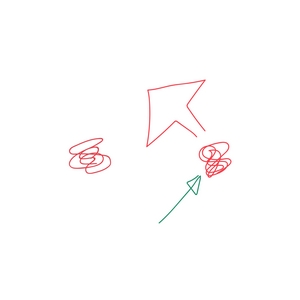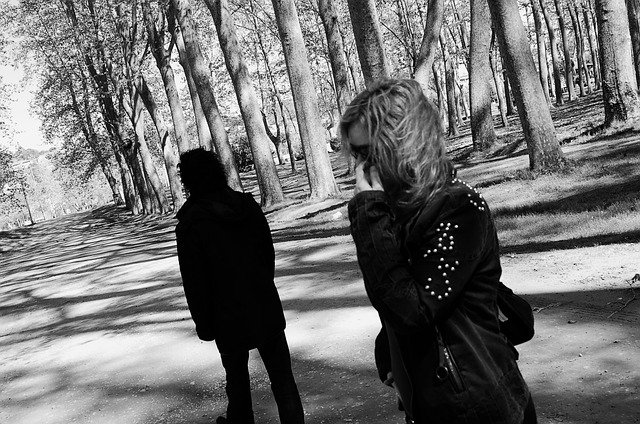Even when a child’s early relationships weren’t straightforward or particularly healthy, they still grow up to have another go at forming intimate relationships. However, we tend to end up being the person we learned to be when we were young.
The attachment styles that we learn in our early childhood greatly influence the relationships we have in adulthood. When the mother, or caregiver, demonstrates a well-regulated nervous system, the baby will follow and exhibit the same behaviour in their adult relationships.
A mother that overreacts to triggers, where the reaction is greater than than the intensity of the stimulus, teaches the baby to do the same, which carries on into their adult relationships.
A mother that under-reacts to triggers, where the reaction is much weaker or even non-existent in relation to the stimulus, will teach this pattern of behaviour to the baby, who will carry that into their later relationships.
A compelling framework for understanding dysfunctional romantic relationships was popularised by Pia Mellody, describing the cycles of love addiction and love avoidance.
Love Avoidance
A love avoidant tends to enter relationships out of a sense of overwhelm from their childhood. The nervous system of the love avoidant has been influenced by over reactions from the primary caregiver. This type of attachment is characterised by an apparent confidence and even charm in relationships, but the truth is that the love avoidant is acting out of a dysregulated nervous system.
The over reactions that the avoidant exhibits could have come in the form anger or violence, or even smothering and neediness. The caregivers over reactions flood the baby’s nervous system, and sets their default to over reaction. The adult that this child becomes tends to be rebellious and argumentative, and seemingly out of control.
The love avoidant often plays the role of the hero or saviour in the love addict’s fantasy, fulfilling their own fantasy at the same time.
Over Reactions in Love
The original dynamic, the one that characterises the first relationship, looks like this when the caregiver is an over reactor:

Without any frame of reference on how to regulate its nervous system, a baby will learn from the behaviour of the caregiver. In the above diagram you can see that the caregiver (on the right) is triggered, but reacts in a much stronger way than that which would be appropriate for the intensity of the stimulus (the green arrow). The baby’s nervous system (on the left) learns from the caregiver, and will later bring this type of reaction into their adult relationships.
The love avoidant generally seeks out the love addict so that they can play the role of the hero, the charming prince who will save the day. However, part of the love avoidant’s pattern of behaviour is that they inevitably become exhausted by all of the care-taking and become overwhelmed again. The dynamic they were exposed to with the overreacting caregiver means that they were set up to be out of control, and that is certainly an exhausting way to be.
The love avoidant leaves relationships without any obvious pain. The distance is often a relief. But they tend to eventually go back to being out of control and engaging in risky behaviours. The love avoidant may soon be ready to start all over again, with the same person or with someone new, so the cycle continues.
You can download this post in a handy 2-page PDF to print and share with friends, family, clients or colleagues. Follow this link to download now.
You can buy a copy of The Invisible Lion now on kindle or paperback from your local Amazon store. Just click here to buy now.


